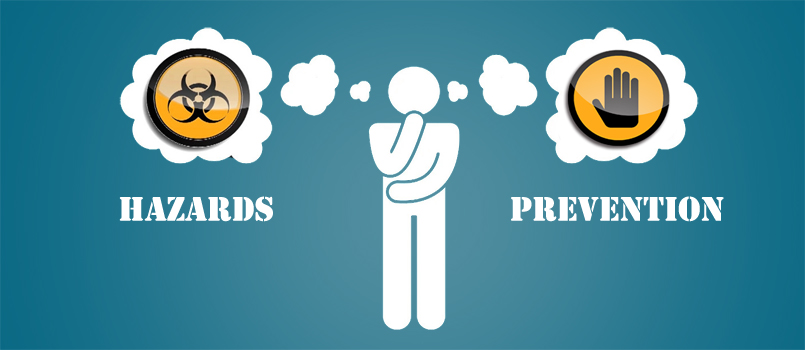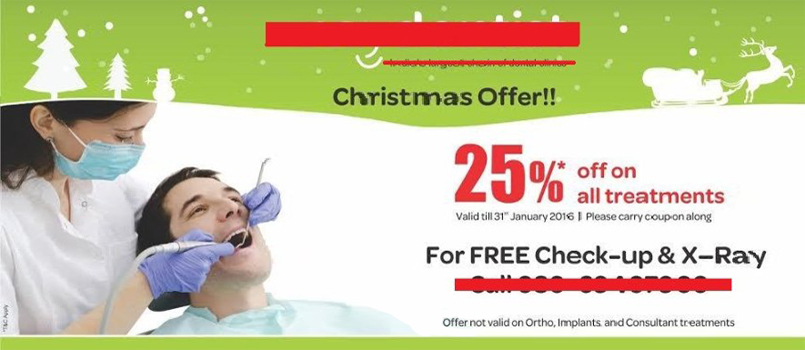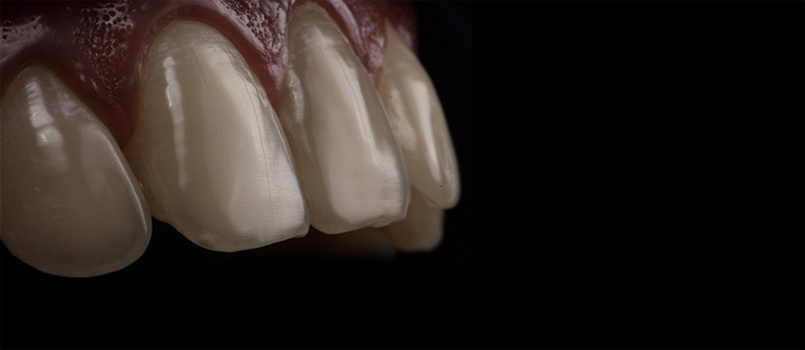
Being-Dentist, Clinical-dentistry-Tips, Dentistry
Despite numerous technical advances in recent years, many occupational health problems still persist in modern dentistry viz. exposure to infections (including Human Immunodeficiency Virus and viral hepatitis); percutaneous exposure incidents, dental materials, radiation, noise; musculoskeletal disorders; psychological problems and dermatitis; respiratory disorders and eye insults.
INFECTION
Dental practitioners are at the risk of exposure to blood-borne pathogens like the Human Immunodeficiency Virus (HIV), the hepatitis B virus (HBV) and the hepatitis C virus (HCV). In dentistry, sharp injuries occur because of frequent patient movement, small operating field and the variety of sharp instruments used in dental procedure.
PREVENTION
Dental professionals should be aware of individual protective measures (Handwashing, Treatment gloves, overgloves, mouth masks, head caps, protective overgarments) and appropriate sterilization or other high-level disinfection utilities to control infections.
MUSCULOSKELETAL
During dentistry procedure, the dentist's posture is strained which induces stress injury on musculoskeletal system. Hand/wrist complaints, carpal tunnel syndrome, Neck and shoulder complaints, back pain are the most common.
PREVENTION
Dentists should follow the proper operator & patient positions , take intervals ,keep changing positions to reduce muscle strain & fatigue.
STRESS
Not only physical impairments but also the job related psychological disorders, tension, depression, emotional exhaustion, and depersonalization may affect dentist’s health.
PREVENTION
Stress can never be totally eliminated from dental practice. However, it can be managed by the following-
Improving the work environment at the clinic.
Become less isolated and share problems with fellow practitioners.
Working more sensible hours and taking time each day for a leisurely lunch break.
Take holidays whenever the pressures of practice starts to build.
Learn how to better handle patient's anxiety and hostility.
Adopt program of physical exercise, such as regular work out at a local health club or by simply walking.
Most importantly, being kinder to yourself and less critical and demanding of your efforts.
RADIATIONS
Ionizing radiations can initiate genetic & carcinogenic changes. Dentists who hold the X-ray film in the patients mouth are prone to radiation dermatitis on hands or in a long run squamous cell carcinoma of the figures.
PREVENTION
Dentists should not hold the x- ray film in the patient’s mouth
Dentists should avoid direct exposure to x-ray beam
Radiation monitoring
LATEX
The etiology of latex sensitivity is based on a reaction to the plant containing allergenic proteins in natural rubber. Referred to as Type I allergy to natural rubber latex protein, allergic reactions can be severe & sometimes fatal.
PREVENTION
Should use non-latex gloves for activities not likely to involve contact with infectious materials.
You can request gloves that do not contain latex but still offer protection against infectious materials.
Avoid oil-based creams or lotions when using latex gloves. They may cause the gloves to break down.
Wash your hands with a mild soap and dry hands completely after using gloves.
Recognize symptoms of latex allergy (rash; hives; flushing; itching;nasal, eye, and sinus irritation; asthma; and shock).
EYE
Majority of dental procedures are accomplished with instruments being passed over or near the patient's face and with aerosols and chemicals frequently in close proximity, and hence both patients and dentists should wear eye protection. The curing lights are also a potential hazard to those who place restorative resins due to phototoxic and photoallergic reactions originating from absorbed radiation.
PREVENTION
A dentist must be vigilant in wearing personal protective equipment (protective glasses, Face shields) to ensure their own personal safety and thus remain healthy and active in their profession.
EAR
Dentists are at risk for noise-induced hearing loss. Even though hearing loss may not be symptomatic, the first complication and the reason for seeking a hearing evaluation may be tinnitus. Noise is always present during the work due to low-speed handpieces, high-speed turbine handpieces, high-velocity suction, ultrasonic instruments, vibrators, cleaners and other mixing devices, and model trimmers.
PREVENTION
Noise monitoring should be done with noise dosimeters routinely in the dental operatory and necessary measures to reduce noise should be taken. Application of muffles, Handpieces should be well maintained, Compressors should be fitted away from the work place, Sound absorbing material wall ,Resilient floors, Sound proof acoustical ceiling, Simultaneous use of several turbines should be avoided,Dental drills should be kept 35 cm away from ear,Ear plugs and muffs, Audiography test periodically for early detection.
CONCLUSION
There is a need to educate and make the dentists aware of these hazards in dentistry and the methods of their prevention. This can be carried out by carrying various informative programs like seminars, continuing dental education programs and workshops on prevention of occupational hazards in the region. So, it is important for dentists to remain constantly up-to-date about measures on how to deal with newer strategies and dental materials and implicates the need for special medical care for this professional group.

Dr. Sandra Earnst





